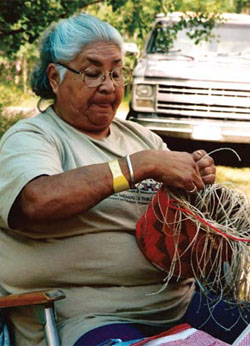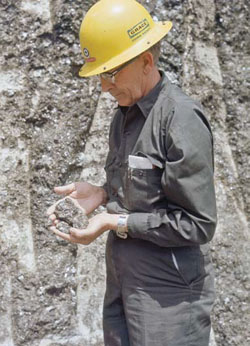Montana: Stories of the Land
Companion Website and Online Teacher's Guide
Chapter 22 - Living in a New Montana, 1970-2007
Chapter 1 - Montana: Where the Land Writes History
Chapter 2 - People of the Dog Days
Chapter 3 - From Dog Days to Horse Warriors
Chapter 4 - Newcomers Explore the Region
Chapter 5 - Beaver, Bison, and Black Robes
Chapter 6 - Montana's Gold and Silver Boom
Chapter 7 - Two Worlds Collide
Chapter 8 - Livestock and the Open Range
Chapter 9 - Railroads Link Montana to the Nation
Chapter 10 - Politics and the Copper Kings
Chapter 11 - The Early Reservation Years
Chapter 12 - Logging in the "High Lonesome"
Chapter 13 - Homesteading This Dry Land
Chapter 14 - Towns Have Lives, Too
Chapter 15 - Progressive Montana
Chapter 16 - Montana and World War I
Chapter 17 - Montanans on the Move
Chapter 18 - The Great Depression Transforms Montana
Chapter 19 - World War II in Montana
Chapter 20 - Building a New Montana
Chapter 21 - A People's Constitution
Chapter 22 - Living in a New Montana
Learning From Historical Documents
Hank Deschenes, of Missoula, testimony on House Bill #319, 1975. Montana Legislature (44th: 1975) records, 1975. Legislative Records 44. [box 4 folder 8] and Charles Bradley of Bozeman, testimony on House Bill #319, 1974. Montana Legislature (43rd: 1973-1974) records, 1973-1974. Legislative Records 43. [box 12 folder 10]. Montana Historical Society Research Center Archives. Excerpted in Not In Precious Metals Alone: A Manuscript History of Montana (Helena, 1976): 278-80.
Context for Testimony Regarding a Moratorium on Subdividing Agricultural Land:
Montana infatuated visitor and native alike. To escape urban crowding, residents and nonresidents looked to the vacant mountainsides and valleys for sites to build residences or cabins, "a place in the country." Particularly in growing, valley-bound communities like Missoula and Bozeman, conditions were right for subdivision growth. As investors purchased land for development, agriculture in the fertile valleys suffered in consequence. In both 1974 and 1975 legislators considered a moratorium on subdividing agricultural land. Hank Deschenes and Charles Bradley testified at hearings, representing the opposing views and emotional values involved. Today, Montanans continue to struggle with the issues raised here.
-
Complete a Written Document Analysis Worksheet.
About Primary Sources:
Letters, diary entries, census records, newspapers, and photographs are all examples of "primary sources," material created at a particular moment in the past that has survived into the present. Primary sources can provide clues to the past. They are our windows into an earlier time. The Montana Historical Society contains thousands of primary sources. In the 1970s, archivists collected just a few snippets into a book, which they called Not in Precious Metals Alone: A Manuscript History of Montana. That book is now on the web in its entirety. The above sample from that book relates directly to this chapter.


